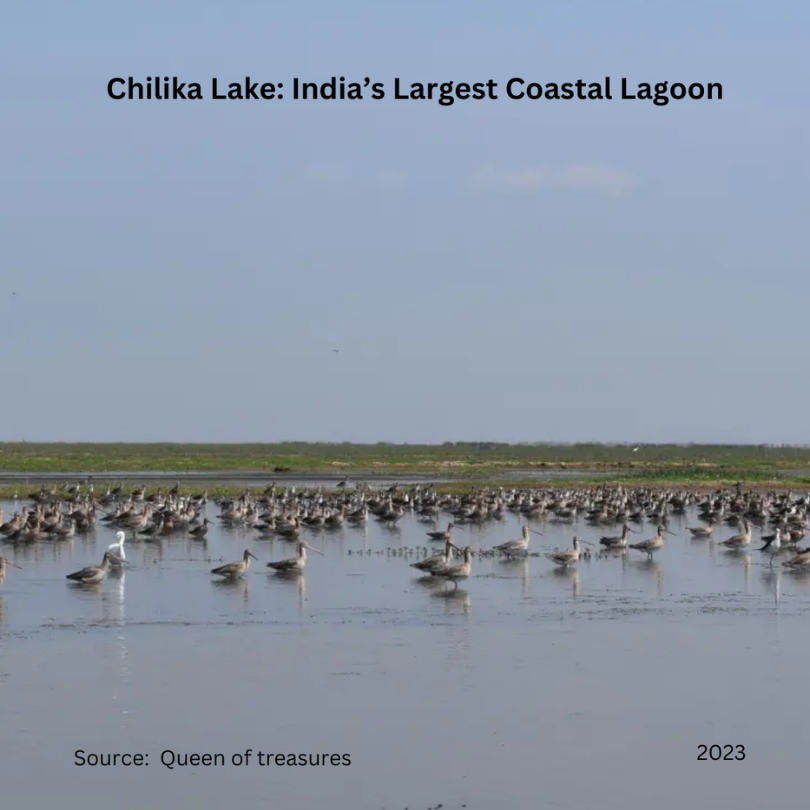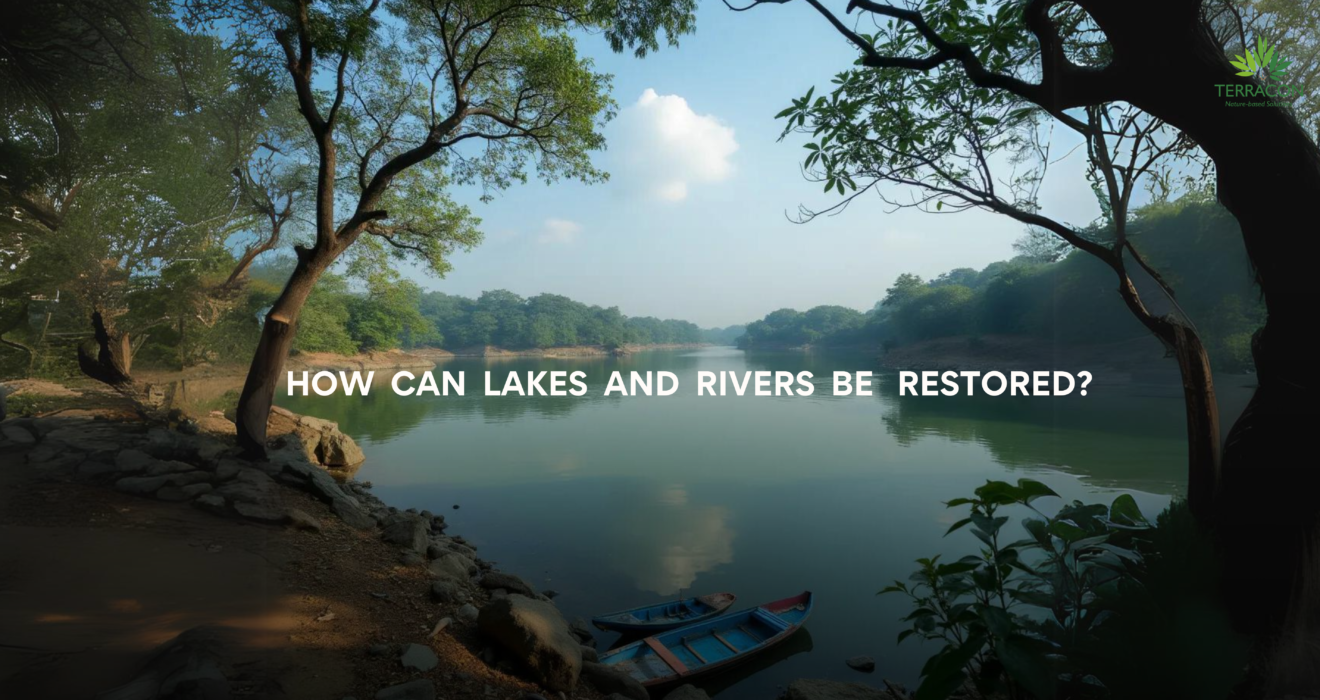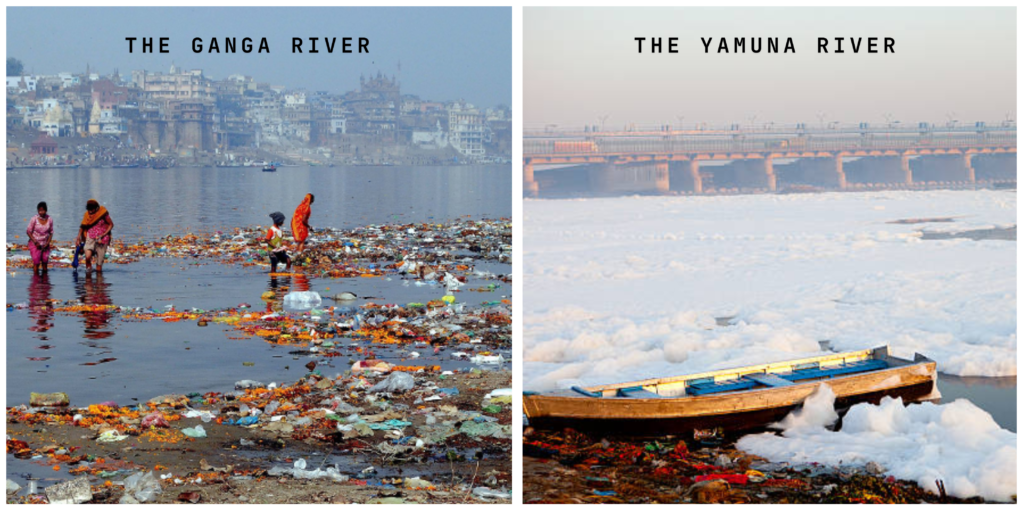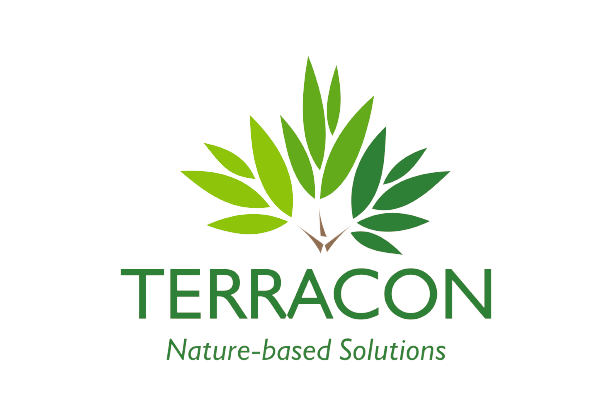India’s majestic beauty, home to over 200 major lakes and numerous rivers, conceals a hidden crisis. A staggering 60% of India’s lakes are polluted, teetering on the brink of extinction, according to the National Lake Conservation Plan (NLCP).
In the heart of India’s bustling cities, a disturbing reality unfolds. The lakes and rivers that have nourished generations are suffocating, choked by the very lifeblood of progress: pollution, waste, and neglect. The once-pristine waters of Naini Lake, Ulsoor Lake, and countless others now resemble a faded photograph, a mere shadow of their former glory. Learn the importance of watershed.

Do you remember when Bengaluru’s lakes were a haven for migratory birds, their waters mirroring the vibrant hues of the city’s skyline? Picture the tranquil rivers that meandered through the countryside, providing sustenance to farmers and fishermen alike. Today, these iconic water bodies are fighting for survival, their beauty and bounty slowly ebbing away.
The pollution of India’s lakes and rivers is a ticking time bomb, threatening the very fabric of our ecosystem and our way of life. The consequences are stark: toxic water, vanishing wildlife, and a looming health crisis that imperils the lives of millions. The silence is deafening, as the country’s lifelines slowly wither away.
Major rivers like the Ganga and Yamuna face severe pollution due to industrial waste and agricultural runoff, resulting in a significant decline in biodiversity
These stories of India’s lakes and rivers is one of decline, but it’s not too late to write a new chapter: restoration. So, what does it mean to restore a lake or river, and how can we make it happen? Lake and river restoration is like a Master Chef’s Recipe for a healthy ecosystem! It’s a delicate blend of science, nature, and community effort, carefully mixed to revive a lake’s natural flavor and vitality. By removing the “ingredients” of pollution and neglect, and adding a dash of conservation and sustainability, lake restoration serves up a fresh, thriving ecosystem that’s good for everyone!
River and lake ecosystems are vital to environmental health, delivering essential services such as clean drinking water, biodiversity support, and flood regulation. The degradation of these waterways has severe repercussions, including loss of habitats, poor water quality, and increased vulnerability to climate change. The growing recognition of these ecosystems’ significance has fueled restoration initiatives aimed at addressing these critical challenges through biodiversity improvement, water quality enhancement, and community involvement.
Some notable examples of successful restoration in India illustrate the effectiveness of community-driven efforts. Skilled individuals have spearheaded initiatives to rejuvenate toxic water bodies, transforming them into vibrant ecosystems through awareness and sustainable practices. These restoration projects not only enhance biodiversity but also improve local recreational opportunities, showcasing the profound impact of active community engagement in preserving and revitalizing vital water resources. By prioritizing these efforts, we can ensure healthier environments that benefit both nature and local communities.

Despite the promising efforts made towards restoring lakes and rivers, several significant challenges continue to hinder effective restoration initiatives. One major concern is the persistent pollution emanating from urban areas, which fundamentally leads to water quality deterioration. Urbanization often results in increased runoff, carrying pollutants such as oils, heavy metals, and nutrients into local waterways, adversely affecting aquatic ecosystems and making them less hospitable for native species. This toxic influx not only harms aquatic life but also poses health risks to communities that rely on these water bodies for drinking and recreational activities.
Transitioning from pollution, another critical challenge is the encroachment and land development that frequently occur adjacent to water bodies. As urban areas expand, green spaces are often sacrificed for infrastructure projects, leading to habitat loss and increased impervious surfaces. These alterations disrupt natural water flow and filtration processes, compounding the pollution issues and making it even more difficult to restore these essential ecosystems. Moreover, the lack of protective measures leaves these areas vulnerable to continued degradation, further complicating restoration efforts.
Further compounding these obstacles is the absence of coordinated policies and institutional support for restoration initiatives. Without a unified approach, individual efforts often lack the necessary resources and direction to be effective. Local communities may find themselves without the tools or knowledge needed to confront these environmental crises effectively, creating a gap in addressing the urgent needs for restoration.
Climate change adds an additional layer of complexity to these challenges. Altered precipitation patterns, rising temperatures, and increased frequency of extreme weather events can exacerbate existing problems and create new uncertainties. To overcome these hurdles, restoration efforts must be designed with adaptability and resilience in mind. By acknowledging these challenges and developing strategies to address them, we can work towards the restoration of our lakes and rivers, preserving these vital ecosystems for future generations. It’s a daunting task, but one that requires immediate attention and collective action to ensure the long-term health and sustainability of our planet’s most precious resources.

To revive India’s ailing lakes and rivers, a multi-pronged approach is crucial. One solution is to implement green infrastructure, like Bengaluru’s lakes restoration project, which uses natural systems to absorb runoff and filter out pollutants. Community engagement and education are also vital, as seen in the Karnataka Lake Development Authority’s initiatives, which empower local communities to take ownership of lake restoration through awareness programs and volunteer clean-up drives.
Bengaluru’s efforts to restore its lakes through green infrastructure have effectively reduced pollution levels by creating buffer zones that absorb runoff and filter contaminant
Policy coordination and support are essential for successful restoration efforts. The National Lake Conservation Plan provides a framework for coordinated efforts between government bodies, while sustainable agricultural practices, like organic farming, can reduce nutrient runoff that pollutes lakes and rivers. Restoring wetlands and natural habitats, as seen in the Chilika Lake conservation project, can also improve water quality and support biodiversity. Advanced wastewater treatment technologies, such as Moleaer’s nanobubble systems, can significantly reduce pollutants before they enter lakes and rivers.

Did you know ? The restoration project in Chilika Lake – India’s largest coastal lagoon – has improved water quality and biodiversity through the re-establishment of natural habitats
Public-private partnerships can also drive large-scale restoration projects, as seen in Mumbai’s collaborative projects along the city’s coastal rivers. These partnerships leverage resources and expertise from both sectors, leading to comprehensive strategies that address pollution, encroachment, and habitat restoration. By adopting these solutions, we can work towards reviving India’s lakes and rivers, preserving these vital ecosystems for future generations.
Conclusion:
The restoration of India’s lakes and rivers is a formidable challenge, but integrating these solutions can pave the way for sustainable outcomes. By leveraging community engagement, implementing innovative technologies, and fostering policy coordination, we can revive these vital ecosystems and ensure their preservation for future generations. Through collective action and commitment, we have the opportunity to restore the health and beauty of our cherished lakes and rivers, ultimately enriching the lives of millions.

Written by
Anjeeta Goud
Team- Business development and Strategy
Terracon Ecotech
Reference:
Multiple studies address the severe pollution affecting India’s rivers and lakes.
Restoring India’s largest coastal lagoon, which has improved both water quality and biodiversity.
A successful example of community-led efforts in Bengaluru.
Engaged in developing a restoration economy and collaborative efforts with local communities.





